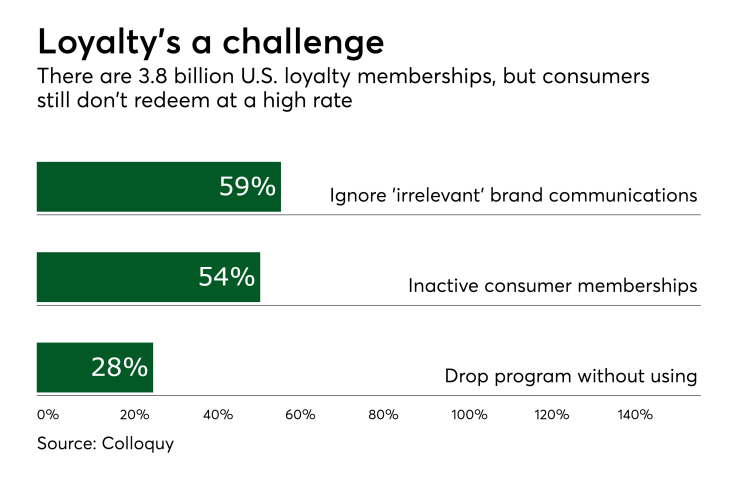Loyalty programs are more effective when they know more about a customer. Many are merchant-specific, such as Tesco Clubcard or Boots Advantage.
When the retailer can see beyond the customer activity within their own store they can make timely and relevant offers to tempt customers away from rivals to spend more with them. It’s no surprise, then, that we’re starting to see loyalty card providers expand the range of what they collect to include bank data.
Allowing third-party access to bank data will open up the opportunity for far wider data aggregation than previously possible. Until now customer data was held in silos by different companies — banks, merchants and service providers.

Post PSD2, those silos can be connected and the data within them pooled and analyzed to create a richer customer picture. This can be used to offer new, relevant services and build loyalty.
There are many fintech and banking propositions that allow customers to view all their bank accounts from different providers in one place. At present, what you can do with the service is limited to views of account information.
Soon, a more advanced version will allow customers to unlock the value of these services and act on the information — make payments between accounts held at different banks to pay off an overdraft, for example, or sweep money from a zero-interest current account into a savings account. Users will even be able to set up rules-based parameters around events that will automatically trigger money movement, helping them manage their finances better.
When it comes to identity, verification and authentication, cumbersome processes create friction, which is a huge problem. Passwords are the bane of modern life.
But PSD2 promises to change all that. Consent to access relevant customer bank details need only be given once so forms for a car loan, for example, could be filled in automatically by the loan provider.
This not only improves the customer experience — less paperwork — but because the data is coming from the bank it has already been checked and verified, so the loan can be processed quicker too.
As identification and verification services mature and develop, recurring payments and subscription facilities will be added.
Open banking is a new way of accessing financial services. While today’s offers may be limited in their functionality, their providers have clear road maps for further development.
Just as with other revolutionary processes and technologies, it will take time to see how far they will go. But open banking’s capacity to reduce friction, risk and cost as well as make processes faster and more efficient means it will undoubtedly become an important part of our everyday lives. It’s over to the innovators.





